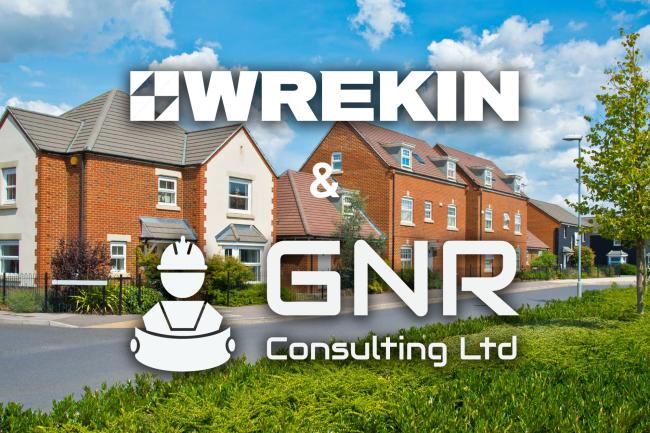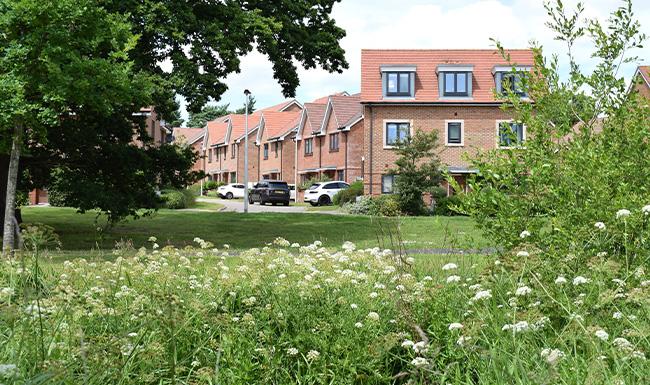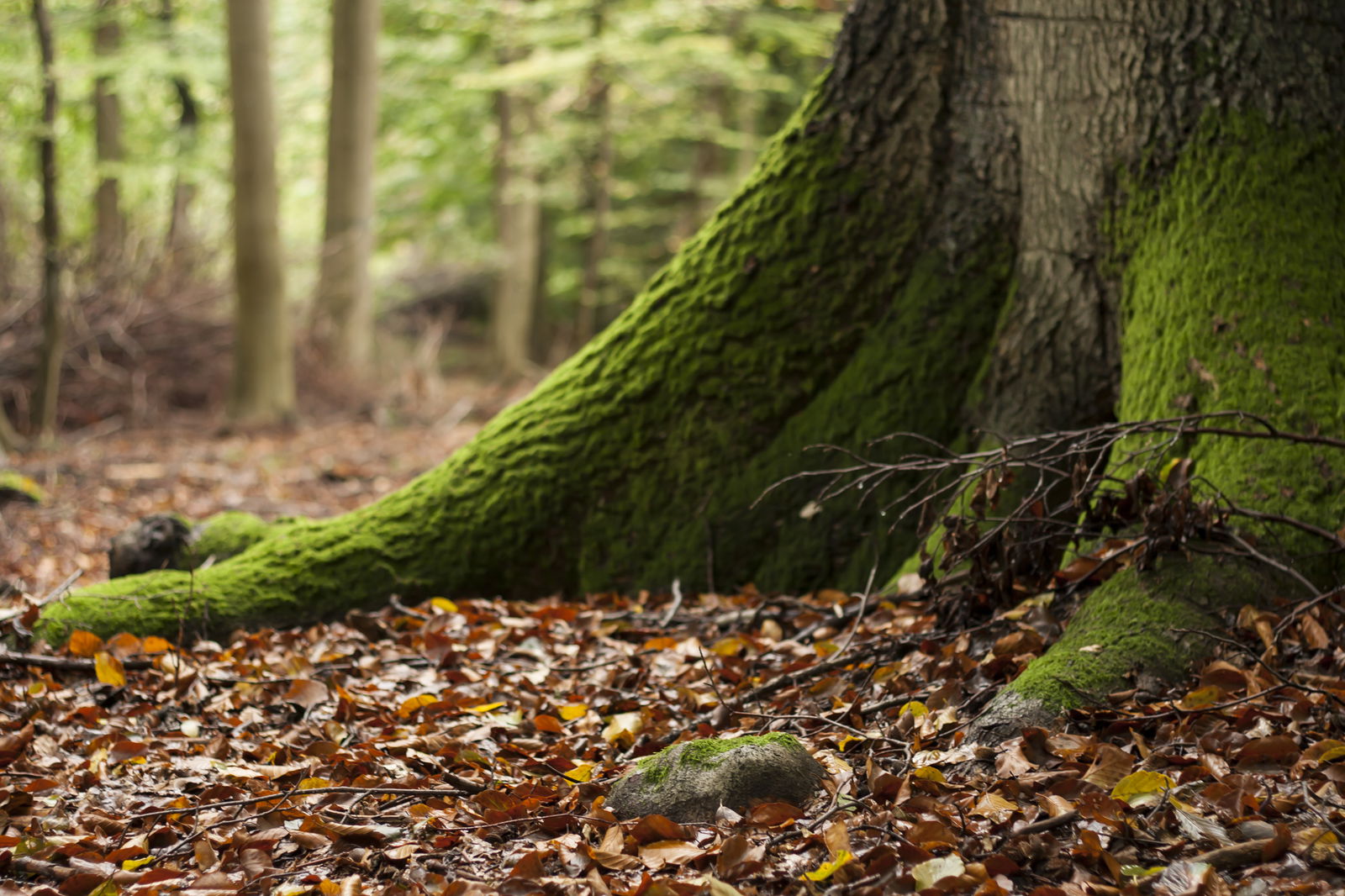
Blog
Why that big old tree could be your home's best feature
08 September 2025
When choosing a home, it’s easy to get drawn in by the bricks and mortar, how many bedrooms, what the kitchen’s like, where the nearest school is. But take a moment to look just outside. That mature oak in the front garden? Or the silver birch lining the street? It might not be on the estate agent’s checklist, but it could be one of your new home’s most valuable assets. Trees do more than look goodThere’s something reassuring about a neighbourhood with established trees. They soften the landscape, give shade on hot days, and change with the seasons. But the benefits go well beyond aesthetics.
No wonder more and more buyers are starting to see trees as part of a home’s long-term appeal - not just something pretty to look at. 
But what happens during constructionSadly, trees on new housing sites often don’t fare well. Even if they’re left standing, their roots can be damaged by heavy machinery, soil compaction or careless groundwork. Because roots spread well beyond the visible trunk, they’re easy to harm without even noticing. And once damaged, the tree may go into decline, or even become unsafe. This is why tree root protection is so important. We work with developers, designers and contractors to make sure trees and their roots are properly protected during and after construction. Our solutions like ProtectaWeb® and nonwoven geotextiles, are designed to prevent root damage while supporting the ground above. They help trees and people thrive side by side. Choosing a greener developmentIf you’re house hunting, here are a few things to look out for:
You might not always be able to get the full story, but it’s worth asking the developer how they’ve approached tree protection. It says a lot about their wider commitment to sustainability. The bottom lineTrees take decades to grow, but just days to damage. Protecting them during construction isn’t just good practice, it’s an investment in the long-term quality, resilience and character of your neighbourhood. We believe in making that protection simple, effective and part of the way we build for the future. Because sometimes the best part of your new home isn’t inside it’s rooted just outside your door. Related content
The Root Cause: Download the survey results Discover what over 2,000 UK homebuyers really think about trees and greenery near their homes. 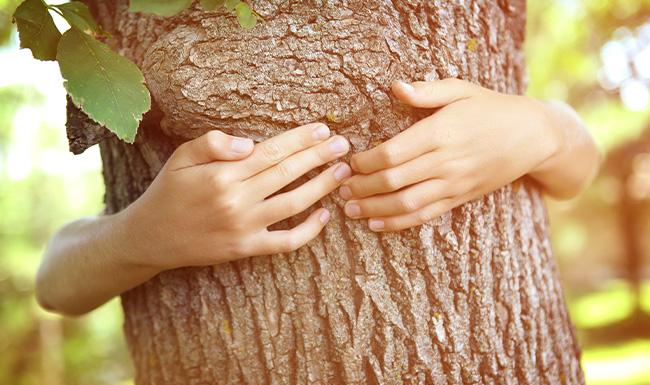
The Root Cause There are so many ways that trees play a vital role in our lives - from boosting our health and wellbeing to reducing noise pollution and cleaning our air. 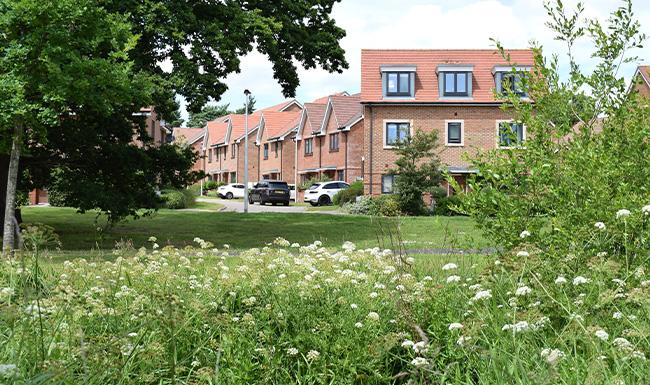
Tree root protection Avoid a concrete jungle by including flexible rooting volume and growing trees in your urban developments. 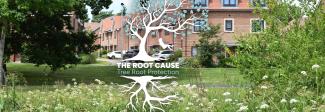
The Root CauseThrough The Root Cause, we want to start a conversation across the industry about the hidden but critical role of tree root protection. By highlighting buyer expectations alongside practical solutions, our aim is to support new build developers in creating schemes that deliver for both people and the planet. ProtectaWeb is just one part of this, but it is a vital tool for ensuring that the trees which give character, beauty and biodiversity to our communities are safeguarded for generations to come. |






